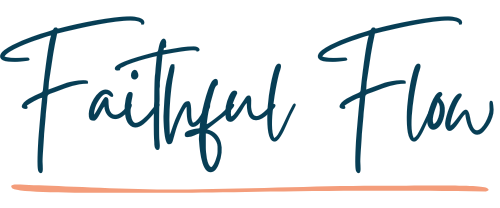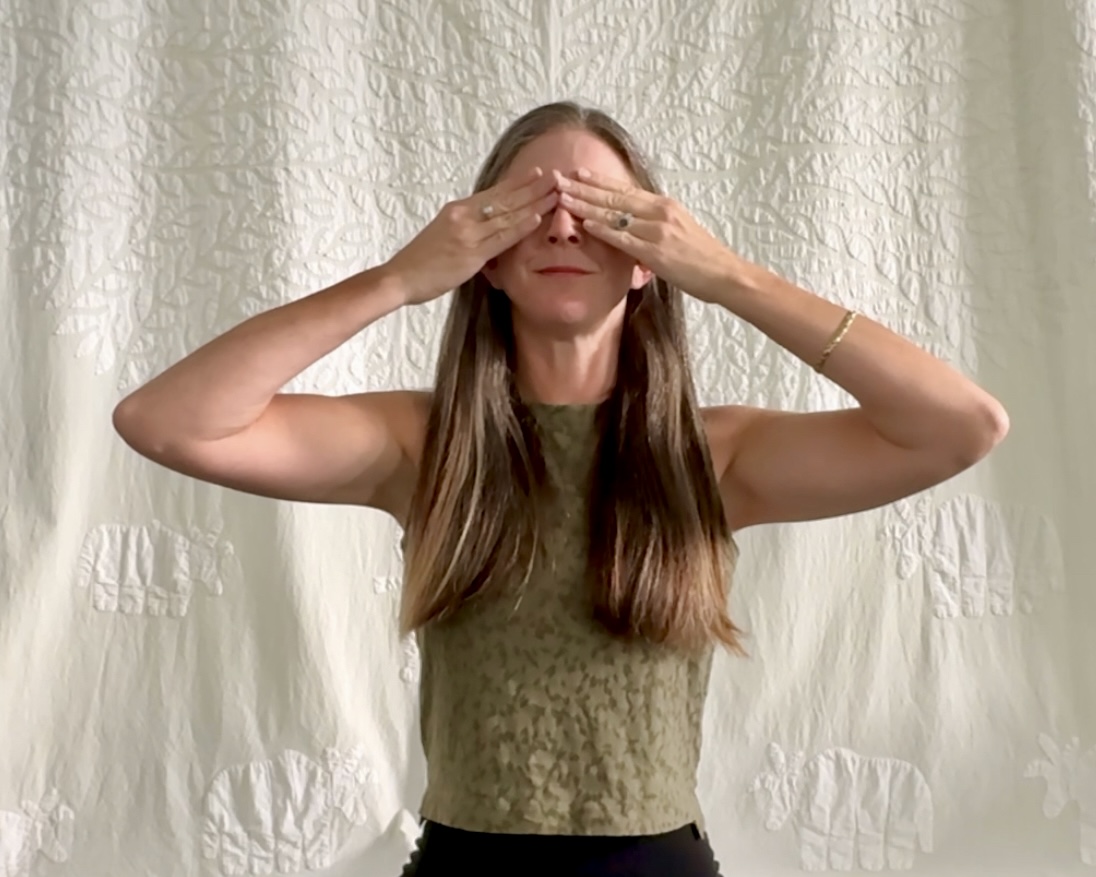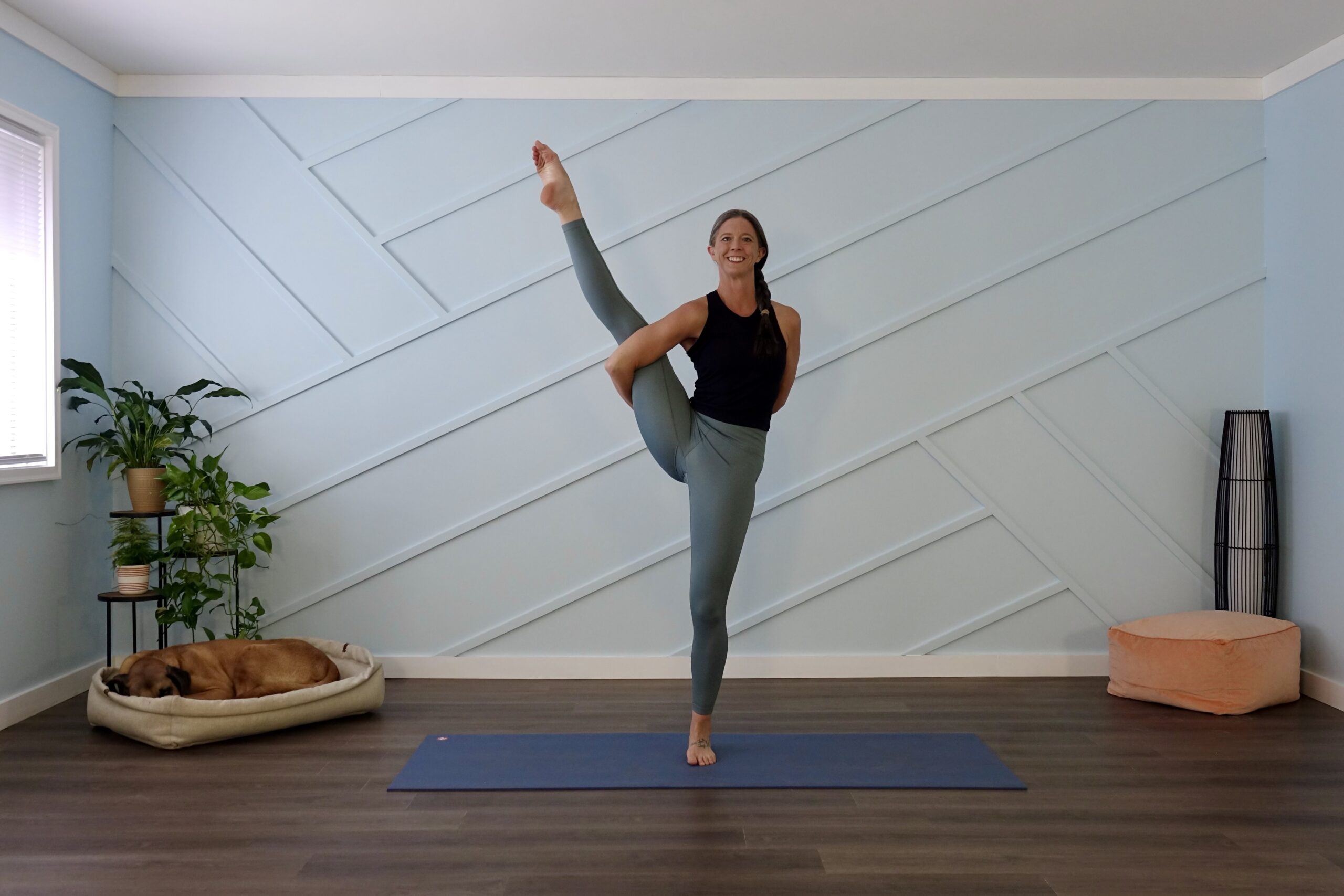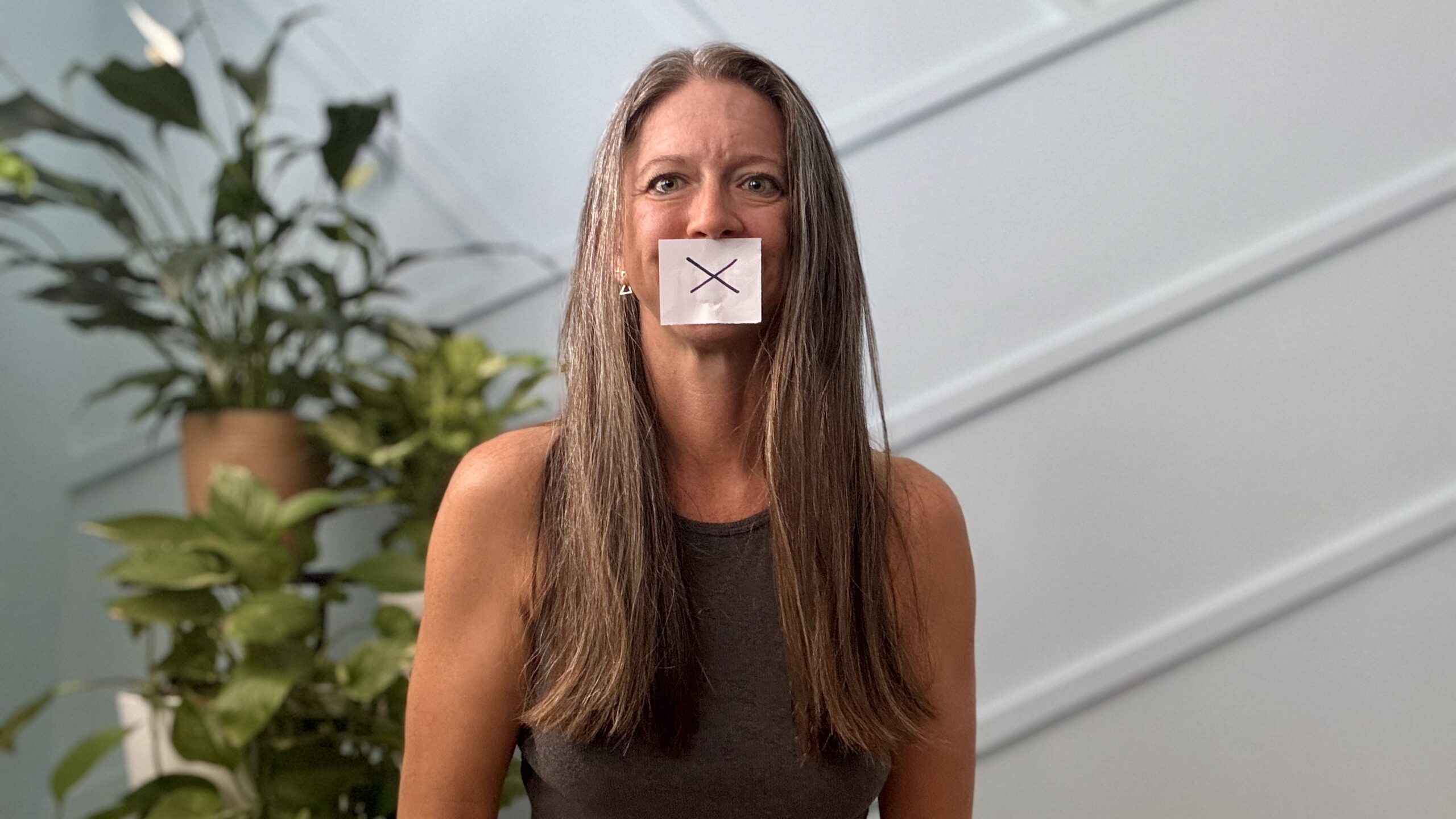It’s springtime, and along with all the new life and blooming wildflowers comes allergy season. If you don’t struggle with allergies, consider yourself fortunate. For the rest of us, this time of year often plagues us with sinus drainage, pressure, and ear pain. Apart from antihistamines, inhalers, and other sinus remedies, there is a breathing technique that can potentially alleviate sinus symptoms: Bumblebee Breath.
What is Bumblebee Breath?
Bumblebee Breath, Bhramari Pranayama in Sanskrit, is a simple and fun breathing technique that derives its name from the gentle humming sound produced during its practice, akin to the buzzing of a bumble bee. In Sanskrit, “bhramari” translates to “bee,” while “pranayama” refers to breath control. This yoga practice involves a combination of deep, slow inhalation and a prolonged exhalation accompanied by a resonant humming sound.
How to Practice Bumble Bee Breath:
1. Find a Comfortable Seat: Begin by finding a seated position on the floor or in a chair. You’ll close your eyes for this breathing exercise, so ensure you have a comfortable and sustainable position. Sit up tall by lengthening your spine, relaxing your shoulders, and finding a neutral position for your head so that your chin is roughly parallel to the ground.
2. Plug Your Ears: Lift your hands up toward your head. Using the tips of your thumbs, press gently on your tragus (the small cartilage flap on the cheek side of the ear that protrudes over the ear canal) and plug your ears. If done correctly, you’ll block out most sounds around you. Be careful not to stick your thumbs in your ears; instead, just cover them with the Tragus and apply light pressure.
3. Close Your Eyes: Gently close your eyes and cover them with your fingers to help block out light.
4. Bring Your Awareness to Your Breathing: Take one breath cycle here, inhaling and exhaling deeply through your nose. Feel your abdomen expand as you breathe in and deflate as you exhale.
5. Begin Bumblebee Breath: Inhale deeply, filling your lungs to capacity. Pause briefly at the top of your inhale. As you exhale, constrict the back of your throat slightly, creating a soft humming sound similar to the buzzing of a bee. Make the sound gentle and continuous throughout the exhalation.
6. Focus on the Vibration: Pay close attention to the vibration and resonance of the humming sound as it reverberates within your head and chest.
7. Repeat: Continue this cycle of deep inhalation and humming exhalation for several rounds, allowing each breath to be smooth and steady.
8. Release and Relax: After completing several rounds, unplug your ears, release your hands, and return to natural breathing.
9. Repeat: You may repeat steps 2-8 for two more cycles if you would like.
10. Pause: After completing your last Bumble Breath, take a moment to observe any sensations in your body and mind.
A Few Helpful Notes
Here are a few tips to help you get the most out of this breathwork practice:
Breath Cycles: There is no correct number of breaths to take or cycles to complete for this breathing technique. Some practitioners like to do one long session of up to 25 breaths, while others like to do three rounds of 4-6 breaths each. Play around with this breathing technique and find what works best for you.
Tone of Humming: Try adjusting the tone of your humming. As you change your tone, you will likely feel vibrations in different parts of your head or chest. Try both a high and low pitch to discover what brings the most relief to you.
Sealed Lips: Keep your lips sealed for this breathwork. This allows you to create resistance against the flow of air, which promotes slower, more controlled breathing. The resistance encourages the use of the diaphragm and helps regulate the pace of inhalation and exhalation, leading to a deeper and more mindful breathing experience.
Sealed lips also facilitate the production of the humming sound characteristic of Bumblebee Breath. When the lips are sealed, the air is forced to pass through the nasal passages, throat, and vocal cords, creating a resonant hum reverberating within the head and chest.
Did you know that exercise can contribute to better sleep? This blog discusses the connection and offers 3 poses to help you prepare for sleep.
Cautions
As with any yoga practice, listening to your body and respecting its limitations is essential. If you experience pain, discomfort, or adverse effects while practicing Bumblebee Breath, discontinue the technique and consult a healthcare professional if necessary. Here are a few cautions to note before trying this breathing technique:
Ear Infections or Injuries: The humming sounds created by this breathing technique reverberates in your head and ears. The pressure created may exacerbate discomfort if you have a severe ear infection, perforated eardrums, or other ear injuries.
Respiratory Conditions: While Bumblebee Breath can benefit respiratory health, individuals with severe respiratory conditions such as asthma or chronic obstructive pulmonary disease (COPD) should exercise caution. Consult with a healthcare professional before attempting this pranayama technique, as it may exacerbate breathing difficulties in some cases.
Dizziness or Light-headedness: Some individuals may experience dizziness or light-headedness when practicing Bumblebee Breath, particularly if they hyperventilate or strain while humming. If you feel lightheaded or dizzy at any point during the practice, stop immediately and return to natural breathing.
Have High Blood Pressure: Individuals with uncontrolled high blood pressure (hypertension) should practice Bumblebee Breath with caution, as the breath retention aspect of this pranayama technique may temporarily increase blood pressure levels. If you have hypertension, consult a healthcare professional before incorporating Bumblebee Breath into your routine.
Sensory Overload: The combination of covering your sight, blocking your hearing, and creating a reverberating sound inside your head may cause some sensory overload. If you feel panicked, stop the practice immediately and try a soothing breathing technique such as Alternate Nostril Breathing (Nadi Shodhana). You can try again when you feel up to it, but leave your eyes uncovered to see if that helps.
Benefits of Bumble Bee Breath
Let’s explore how the gentle buzz of Bhramari Pranayama can transform our lives for the better:
Stress Relief: Bumblebee Breath’s gentle humming sound and rhythmic breathing pattern soothe the mind and promote relaxation and stress relief.
Improved Focus and Concentration: Practicing Bumblebee Breath enhances mental clarity and concentration by directing attention inward, away from external distractions.
Enhanced Respiration: Bumblebee Breath encourages deep diaphragmatic breathing, which improves lung function, increases oxygen supply to the body, and promotes overall respiratory health.
Here’s a good article from the Cleveland Clinic that explains diaphragmatic breathing.
Fun for Children: This can be a fun and interactive activity for children. Teaching them breathwork exercises can help them learn how to manage stress at a young age.
Alleviating Sinus Symptoms with Bumblebee Breath: The gentle humming sound has a therapeutic effect on the sinuses. It helps to clear congestion and alleviate symptoms such as nasal stuffiness and sinus pressure. The vibration the humming sound creates stimulates the nasal passages, promoting drainage and relieving discomfort.
Regular practice of Bumblebee Breath can be particularly beneficial for individuals suffering from sinusitis, allergies, or other respiratory conditions.
TL:DR
Bumblebee Breath is a simple yet effective technique for relieving sinus and respiratory symptoms. With its gentle humming sound and deep inhalation and exhalation, this breathwork practice can help alleviate stress and anxiety, improve mental clarity, and promote overall wellness. By regularly practicing this breathing technique, you can experience the healing power of your breath. As always, listen to your body, take it slow, and enjoy the benefits of Bumblebee Breath.
Tonya is a 500hr RYT based in Coastal Mississippi. She loves that she gets to share the joy and healing that yoga brought to her life. In addition to teaching yoga, she flips houses with her husband. Tonya is a travel enthusiast who loves the outdoors and adventure. You'll find her at the local beach, volunteering at the animal shelter, and playing with her forever and foster dogs.





0 Comments